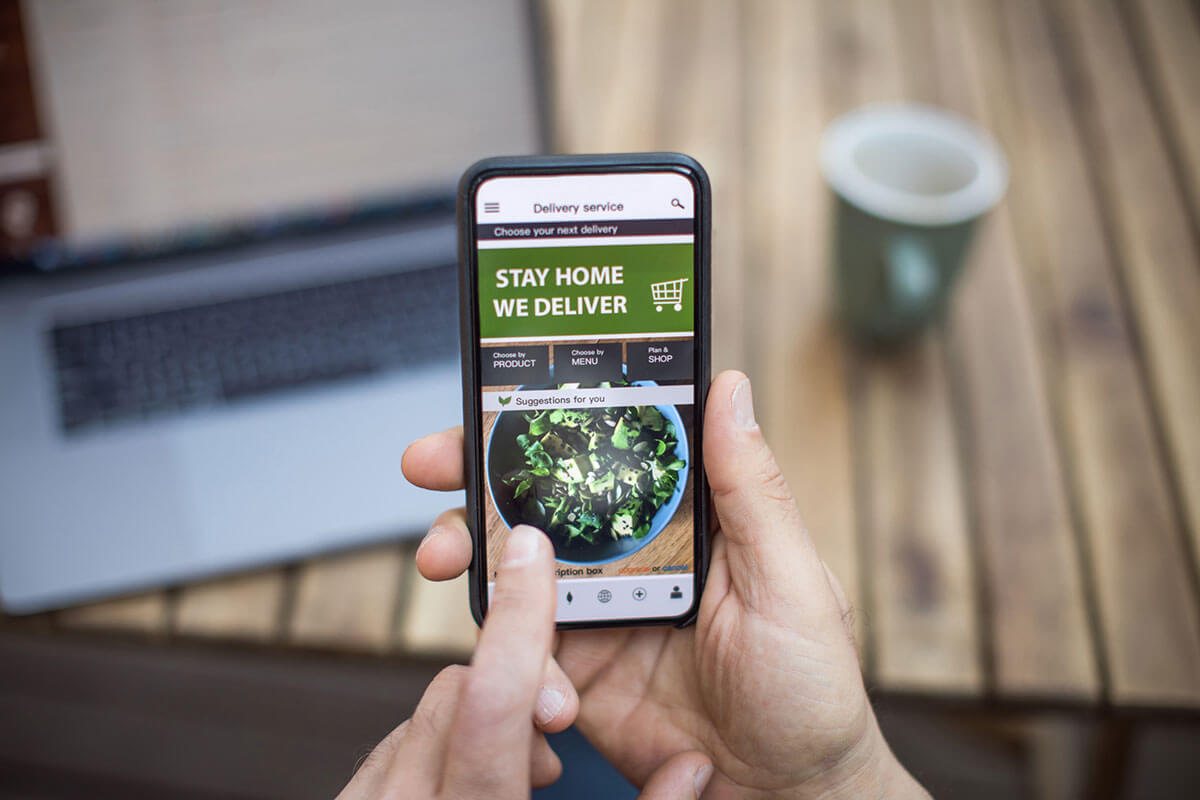How a Pandemic Accelerated Cloud Evolution
Cloud has become a familiar term even among non-technical users. However, many are still likely to think of it mainly as a place where data is kept, when, in reality, cloud has evolved to become so much more.
Baby Boomer or Millennial: How old is cloud computing?
Some form of cloud computing technology existed for 50 years before anyone called it ‘cloud’. Back then, it provided what we would now considered the most elemental internet-based applications. The term we know it by today was only coined at the turn of the millennium.
Cloud’s value to businesses exploded just about 12 years ago, with rentable infrastructure, platforms, and software offered ‘as-a-service’. While this is pretty recent, some of these ‘young’ technologies have become so commonplace that it’s tough to remember that we once lived without them. In 2006, Google Docs became available to the public, and Amazon became the first company to rent out virtual computers. Netflix was launched just one year later. Over the past decade, cloud-based innovations have burst forward at a dizzying rate.
Cloud in a time of Covid-19
As fast as innovations used to come, it is still nothing compared to the warp speed forced by Covid-19 and its multiple add-on global effects.
To illustrate, let’s look at some of the exciting new developments in three industries that have risen to adapt to an inevitable new normal. Having steadily increased cloud spend over the past few years, healthcare, retail, and manufacturing have been propelled forward by the pandemic and found new solutions and opportunities in the face of unprecedented challenges.
Healthcare
Cloud has provided incredible opportunities in global healthcare. The industry’s cloud computing market is expected to grow at a rate of nearly 20% per year, to reach revenues of US$92.24 billion by 2027.
Curbing the spread of Covid-19 has proved challenging because it is an unknown virus. However, cloud has permitted health institutions to share data with colleagues worldwide, allowing leading researchers and medical practitioners to work with a much larger set of data. Huge quantities of data processed with cloud-based AIs are expected to help us gain more understanding of the virus and improve detection and treatment.
In Malaysia, the pandemic spurred the country’s previously slow move to online consultations, remote patient monitoring, medicine delivery services and other telehealth solutions. In the short-term, this has freed up medical practitioner time and hospital resources while limiting patient risk of exposure to Covid-19 and other viruses. In the long-term, these cloud-based innovations are expected to lower costs and improve access to quality health care long after the pandemic is over.

Retail
Retail made a move to cloud years ago with a growing number of customers preferring the convenience of online shopping to dealing with the crowds they face in physical stores. During the MCO, brick-and-mortar stores were forced to close, and we saw an upsurge in first-time online customers. Even as physical stores open again, they too have turned to the cloud, not only for basic safety, but to reinvent the customer experience and make real-life shopping exciting again.
Many changes have been implemented to offset social distancing inconveniences (mask-wearing, signing in, one-way traffic in aisles, etc.) to shoppers. Examples range from curbside pick-up, mobile payments, and self-checkout to beacons and augmented reality for the in-store contactless ‘trying on’ of clothes and cosmetics.
Once again, the convenience provided by these innovations indicates that online and brick-and-mortar retailers will continue using cloud to gather and analyse vast amounts of data they collect with every transaction, to identify trends and opportunities that will enable them to serve customers better.
Manufacturing
The pandemic had a deep impact on manufacturing, affecting both demand and essential parts of the supply chain. For years now, manufacturers have relied on insights provided by big data analytics (e.g. tracking plant efficiency and production line yields) to help them navigate through unpredictable events.
These innovations are more important than ever, as data sharing become essential to divert work to available resources and plug the holes in the supply chain. IoT (internet of things) devices connect to sensors and collect data that is analysed in the cloud and presented on easy-to-read dashboards. This supports decision-making in real-time, allowing the diversion of resources to boost productivity.
Growth will only accelerate
Similar impact has been felt across industries and institutions. As early as April 2020, Malaysia’s government was instructed to accelerate the digitalisation of its services for the safety and convenience of its users.
This increased demand means that cloud will continue to grow. Following an established trend, in 2019, cloud services could contain twice the amount of data it had done the year before. It continues to grow at an exponential rate. Thanks to network speeds, it is also faster than ever and will speed up even more with the advent of 5G.
Competition to provide the fastest, best, and most secure cloud services will continue, and many innovations will come from cloud providers themselves. The next article looks at the top three players and why they continue to be cloud providers of choice.






